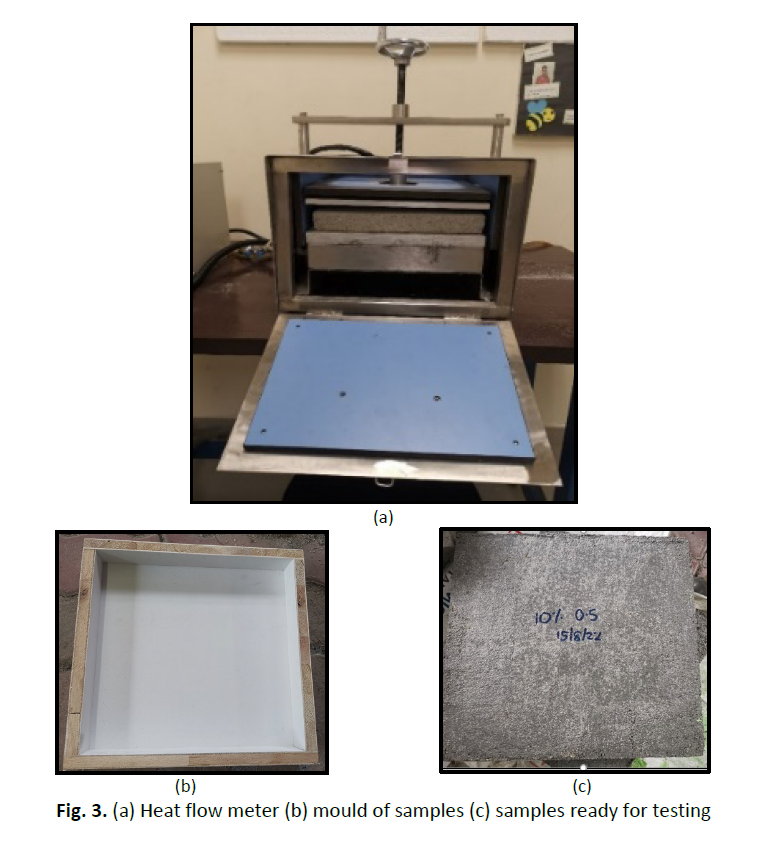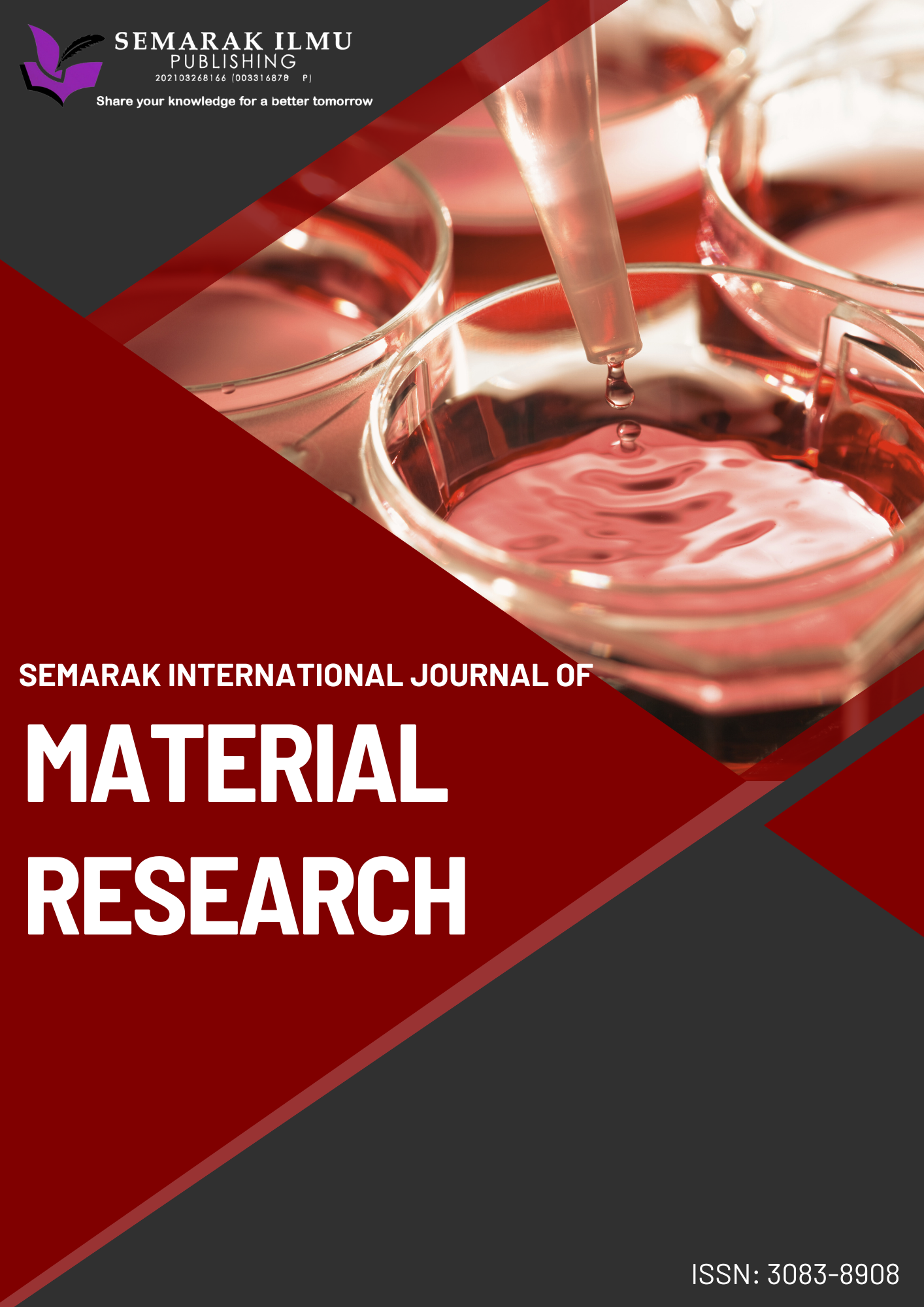Thermal and Acoustic Performance of Sago Fine Waste Bricks (SFWB)
DOI:
https://doi.org/10.37934/sijmr.3.1.18Keywords:
Sago fine waste brick, cement brick, partial cement replacementAbstract
Sago fine waste bricks (SFWB) were cement bricks containing sago fine waste (SFW) as a new building material in the construction industry. SFW was utilized to make five brick mixes with partial cement replacement percentages of 2%, 4%, 6%, 8%, and 10% that underwent testing and comparison with control bricks. The mortar mix had a 1:3 ratio, which was consistent with Malaysian brick production regulations. All the specimens had a water-cement ratio of 0.5 and had been cured for 28 days. This work aimed to investigate experimentally the effects SFW had on the strength, thermal, and acoustic properties of mixed cement bricks. According to the results, raising the proportion of SFW decreased the brick's value strength while lengthening the curing procedure increased the brick's strength. However, it complied with the standards for load-bearing constructions. According to Malaysian standard MS1933: Part 1:2007, all bricks satisfied class 1, 2, and 3 load-bearing bricks standards. SFWB had a thermal conductivity of 0.09 to 0.13 W/mK, where the value of heat conductivity was less than standards BS EN 12524, qualifying SFWB as a superior thermal insulator. Samples with higher SFW replacements exhibited higher sound absorption coefficients compared to samples with lower SFW replacements. When the coefficient was less than 0.3, the brick with a lower SFW replacement could not be used in high-frequency conditions. A brick with a coefficient of less than 0.3 absorbed and reflected the sound wave, according to ISO 11654:1997. Based on the results of thermal and acoustic tests, it could be concluded that SFWB were not good sound absorbers but were good heat insulators and suitable for construction in countries with an equatorial climate, such as Malaysia. Overall, SFW had the potential as a novel pozzolanic material in creating more sustainably made bricks that corresponded to the Sustainable Development Goals









